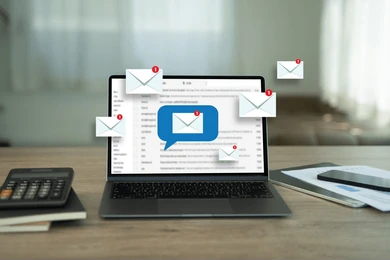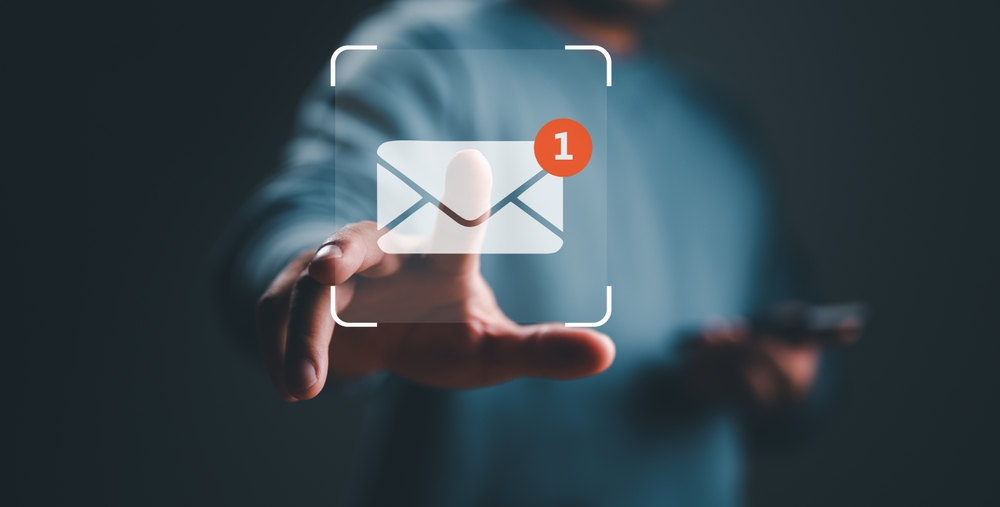AI and Machine Learning Revolutionizing Campaigns
Artificial Intelligence and machine learning are revolutionizing the creation, targeting, and delivery of emails. AI hyper-personalizes everything by analyzing user behavior and preference, allowing marketers to dynamically change subject lines, content, and even time of sending. Predictive analytics make sure the emails are delivered when audiences are most likely to take action, which increases click-through and conversion rates. AI further simplifies segmentation, creating small audience clusters for more specific relevance.
Rise of Interactive Email Content
Dynamic and interactive components are steadily becoming part of emails. Thanks to Accelerated Mobile Pages (AMP) technology, users can fill in forms, enter a store, or even make purchases from their mailbox. Other activities such as polls, carousels, and updates of live content even further enhance engagement, making emails interactive and user friendly.
Zero-Party Data and Privacy Compliance
To add fuel to the fire, privacy concerns are pushing organizations to focus increasingly on data transparency and compliance. And marketers are moving toward zero-party data tactics, letting users willingly share preferences for personalized experiences. Interactive surveys, quizzes, and preference centers are standard methods for conducting ethical data collection through such channels. Compliance with GDPR, NIS2, and other such regulations is irrefutable, while the technologies for privacy such as encryption and handling secured data have now become indispensable tools in email platforms.
Mobile-First Design
Because more than 40% of emails get opened on mobile devices, it becomes paramount to do proper mobile optimization. There are also marketers who focus on single-column layouts, clear fonts, and tappable calls-to-action (CTAs). These all contribute to making the experience on mobile devices smoother and more seamless. However, unoptimized emails for mobile would have high deletion rates, resulting in a significant decline in performance for the campaign.
Emphasis on Accessibility
In fact, it has to do with the most inclusive design of emails. For instance, by including alternatives for images, using bright and contrasting images, and presenting clear structures in the text, an email will be possible to read by people using some assistive technologies such as employing screen readers or to be perceived by many users, including persons with impairments. This would be very important to reach out to more people while also meeting ethical and legal requirements.
Voice-Activated Interactions
As smart speakers and voice assistants proliferate, emails optimized for audio engagement quickly become the trend. Users can listen to emails and respond through voice commands or other audio interactions, which is opening up new opportunities for performance in hands-free environments.
User-Generated Content and Social Proof
Bringing UGC, be it reviews, testimonials, social media postings, into email communications builds trust and credibility. Dynamic AI tools can curate relevant UGC and customize it to individual preferences, thereby increasing the authenticity and impact of campaigning.
Sustainability in Email Marketing
As consumers are getting more and more eco-aware, email marketing is evolving along the lines of the sustainability goals. Minimalist design, reduced image weights, as well as messaging around green initiatives all bear good messages, particularly with those eco-aware audiences while also reducing the digital carbon footprint of campaigns.
Metrics Beyond Open Rates
There can be significant potential for marketers who are now changing their strategy to other indicators, since the traditional open rate measures are no longer valid. Examples of such new indicators are click through rate, using a combination of several tests like the time spent on engaging emails and conversion metrics. All this will require an AI analytical tool, which is essential for making actionable insights on that data.
Omnichannel Integration
Email is today being integrated into broader omnichannel strategies, working alongside SMS, social media, and push notifications. This ties into developing a more seamless customer journey at different touchpoints through engagement and conversion.
Pretty much at some point in the future, email marketing is likely going to cross the imaginary bridge into that chasm by now with SMS, social, and push notification marketing-all creating a cohort-centric omnichannel experience.
Conclusion
Email marketing is a challenge with several opportunities in the future. Marketers will be able to develop effective campaigns in 2025 using AI, interactivity, privacy and accessibility, and a mobile-first mentality. It places the user first to address strategic, ethical, and innovative aspects of the new email marketing campaign.
Also Read: How Small Businesses Can Leverage Technology to Compete with Industry Giants





